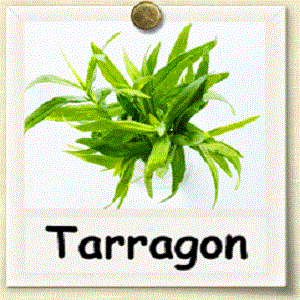How to Grow Tarragon at Home

Tarragon has a peppery taste that adds excitement and unique taste to food. This makes it a common and loved herb for cooks who use it both fresh and dried. The fame of the herb can be judged from its title of ‘king of herbs’. The leaves are used to flavour meals like chicken, fish, salad and egg dishes. It is perennial plant and is drought resistant. Tarragon has a number of varieties; French and Russian. The French one is the more preferred one because of its stronger anise flavour. The Russian one has a milder taste and does not leave much of an effect. It is better to grow the French one as it is known as the ‘real culinary’ herb.
Instructions
-
1
French Tarragon grows best as stem cuttings because the seeds are not very viable. It is better to get established plants from the nursery. If you want to get cuttings yourself, you can use a razor blade, knife or scissor to cut stems from just under the leaf node. The stems should be around 5 inches long. Choose healthy stems to propagate. Place the stems in a water bottle or a wet cloth to keep them fresh before you plant them.
-
2
Prepare the pot before you plant the stem. You will need pots with at least a 4 inch depth. Tarragon needs well drained soil to grow and flourish. Fill the plants with soil. Water and moisten the soil thoroughly. Now is the time to plant the cutting. Dip its cut end into water and then dip the wet end into rooting hormone. Plant the stem into the prepared pot through this end. Firm up the soil around the stem to make it hold there. Do it for all the other stems.
-
3
Keep the soil moist but not soggy. Place the pots on a window sill. However, exposure to direct bright sunlight can cook the stems. You can place the pots outside if the temperature outside is warm. You can also fertilize and mulch the pots to boost plant growth in spring. The plant will go dormant in the winters but will grow back in warmer weather. You can harvest the leaves in the summers for fresh use. You can also dry them and store in air tight jars to preserve them for later use.






